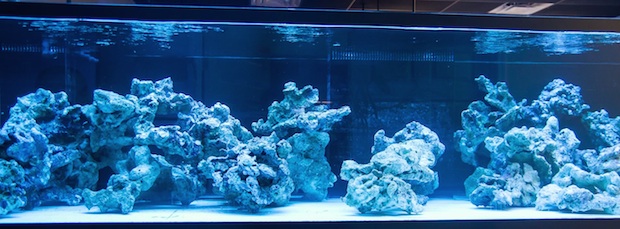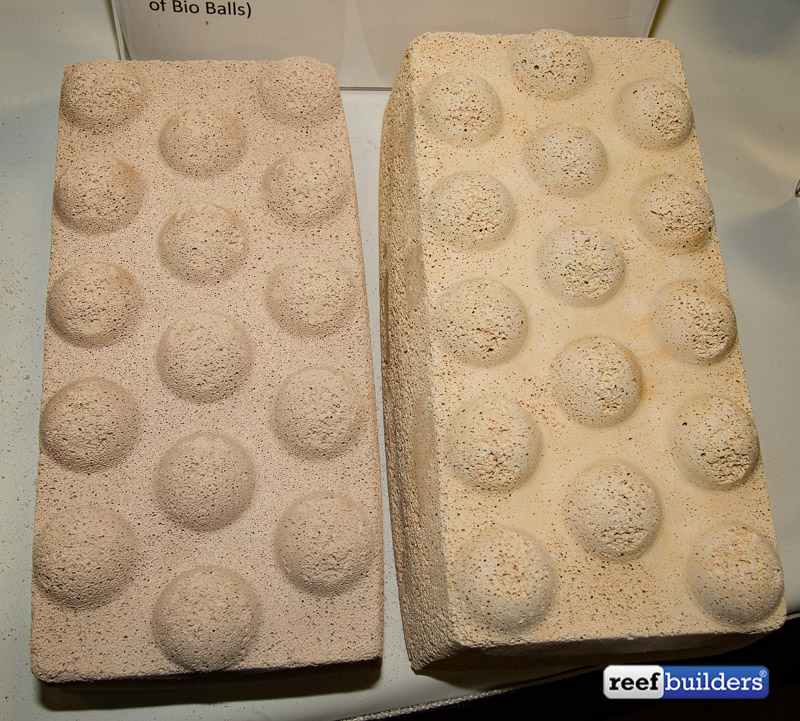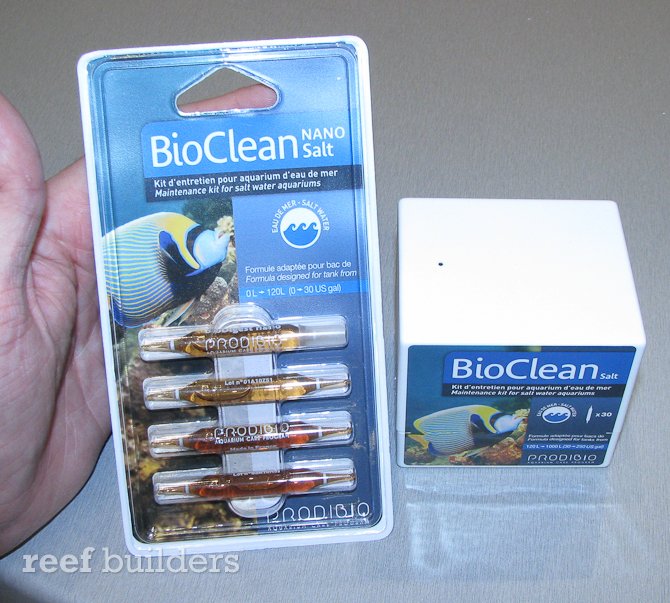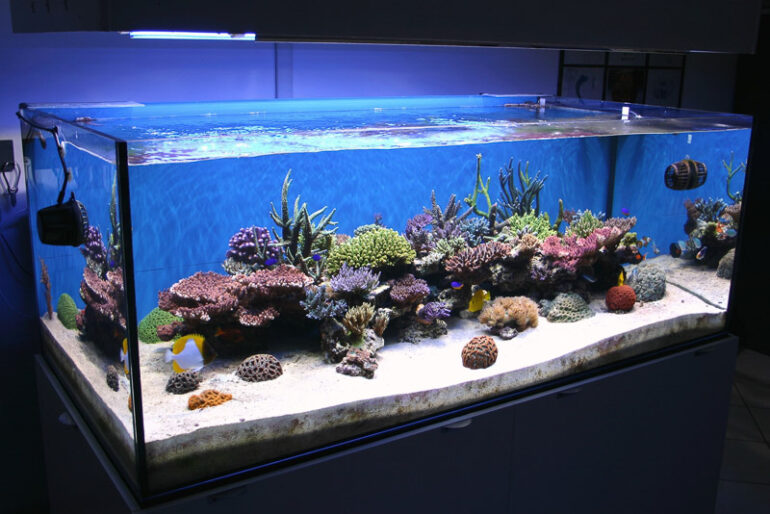Welcome to the first installment of ‘Ask Reef Builders’, a column where we’ll take some of your best questions and share our responses from which all our readers can learn. For years we’ve answered questions fielded through twitter, facebook and youtube comments, and now we’re happy to help even more of our readers and viewers get the most from their reef tanks.
“Ive been following your videos for years. I need some advice. Im upgrading my aquarium from a 65 gallon to a 220 tank in a few weeks. I have a sandbed and live rock that i want to bring over with all the beneficial bacteria i have grown over the years. Any recommendations how to clean or kill off any bad (i.e. ich) that might be in the system in order to be a clean system when i transition over. Cheers. Frank”
Hi Frank and thanks for reaching out to us. Bacteria are the foundation of all successful ecosystems, rivers to reefs, planted tanks to reef aquariums. While we spend a lot of energy trying to cultivate biological filters in our reef tanks, counting on live rock and live sand to be their homes has a lot of potential drawbacks.

In years past we tried to encourage the entire reef to grow in our reef tanks, from the sand to the rocks, to all the little microbes and critters that help the ecology of natural reefs. But what we’ve learned is that bacteria are very tenacious life forms who will live in and on just about any surface available – this includes tank walls, tubing, and every nook and cranny of our corals too!

The problem with relying on live sand and live rock is that these substrates trap a LOT of detritus, unwanted food, bits of algae, and a whole lotta fish poop and coral slime. I firmly believe in a dedicated media/substrate for growing bacteria along the lines of Brightwell’s Bioblocks or other high surface area media which can be placed in the sump. This way you don’t have to worry about anything you do to the rock or sand affecting your biological filter.
 Trust me on this, ‘preserving’ your carefully cultured live rock and sand, and transferring it to your new tank, will bring more problems than benefits. I suggest using some kind of porous ‘Bioblock’ in your current sump for several weeks to culture a dedicated biological filter, and once transferred to your new tank, use a dedicated biological innoculator like Prodibio Biodigest to boost the new biofilter.
Trust me on this, ‘preserving’ your carefully cultured live rock and sand, and transferring it to your new tank, will bring more problems than benefits. I suggest using some kind of porous ‘Bioblock’ in your current sump for several weeks to culture a dedicated biological filter, and once transferred to your new tank, use a dedicated biological innoculator like Prodibio Biodigest to boost the new biofilter.
Use this tank upgrade as an opportunity to cleanse your system of all unwanted pests, especially from the rocks, including any algaes, bubble algaes, hair algaes (especially Bryopsis) and even sponges and vermetid snails. This includes any unwanted polyps like mini blue anthelia and zoanthids that you may not want growing rampant in your shiny new reef tank.
As for the sand, I highly recommend at least starting out without any sand – if you have to have sand just add it later, once the biological filter has reestablished using your biomedia and live rock, around one to two months after getting the tank fully running and rebalanced. You could clean your existing sand but if you truly want to start your system nice and clean, you’re better off getting new sand as there’s innumerable ways that your ‘old’ sand could be locking up unwanted nutrients.
I wish you the best of luck in your new reef tank upgrade – the best advice anyone can give you is to do everything slowly, take your time, and enjoy the process of setting up a new reef tank.



